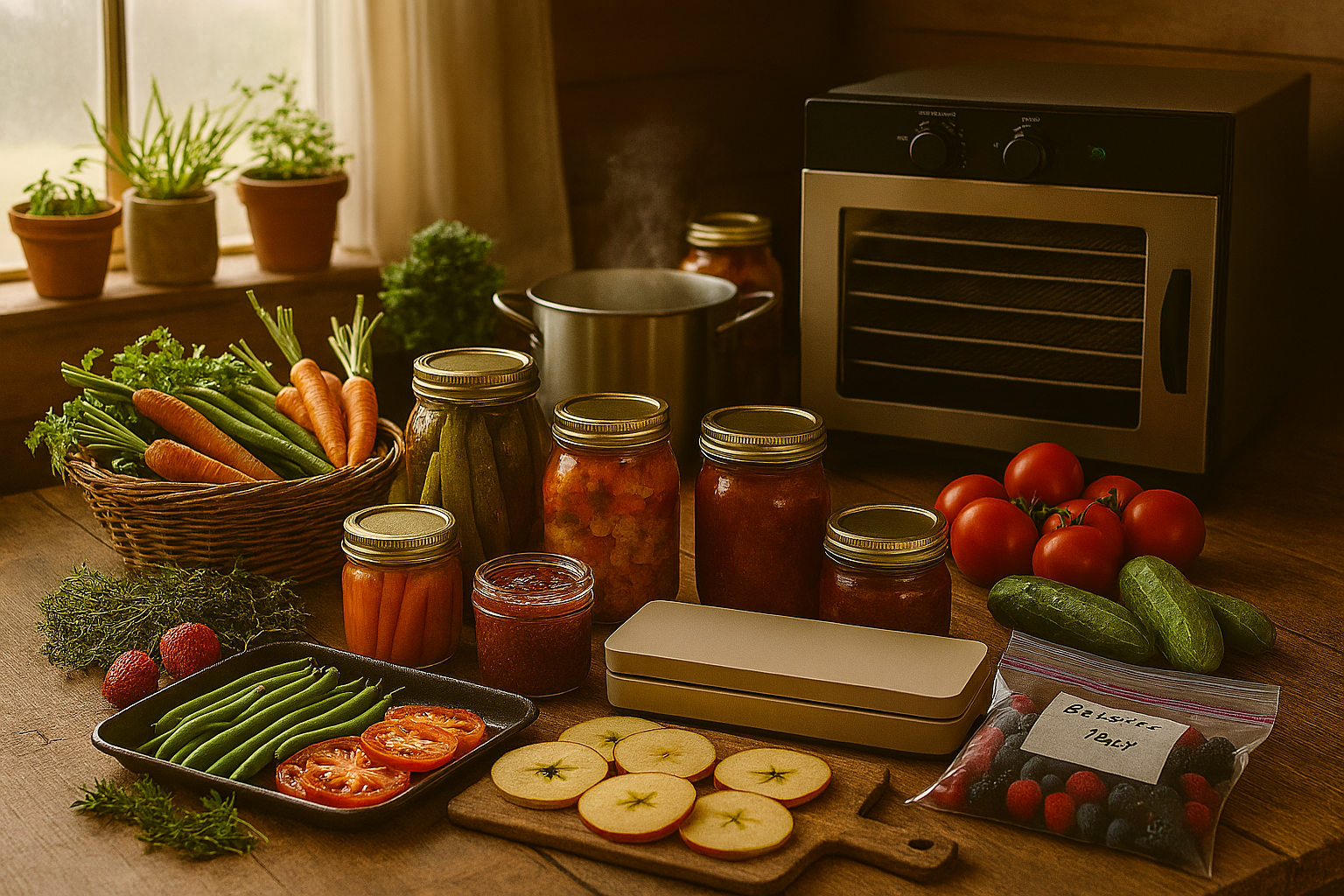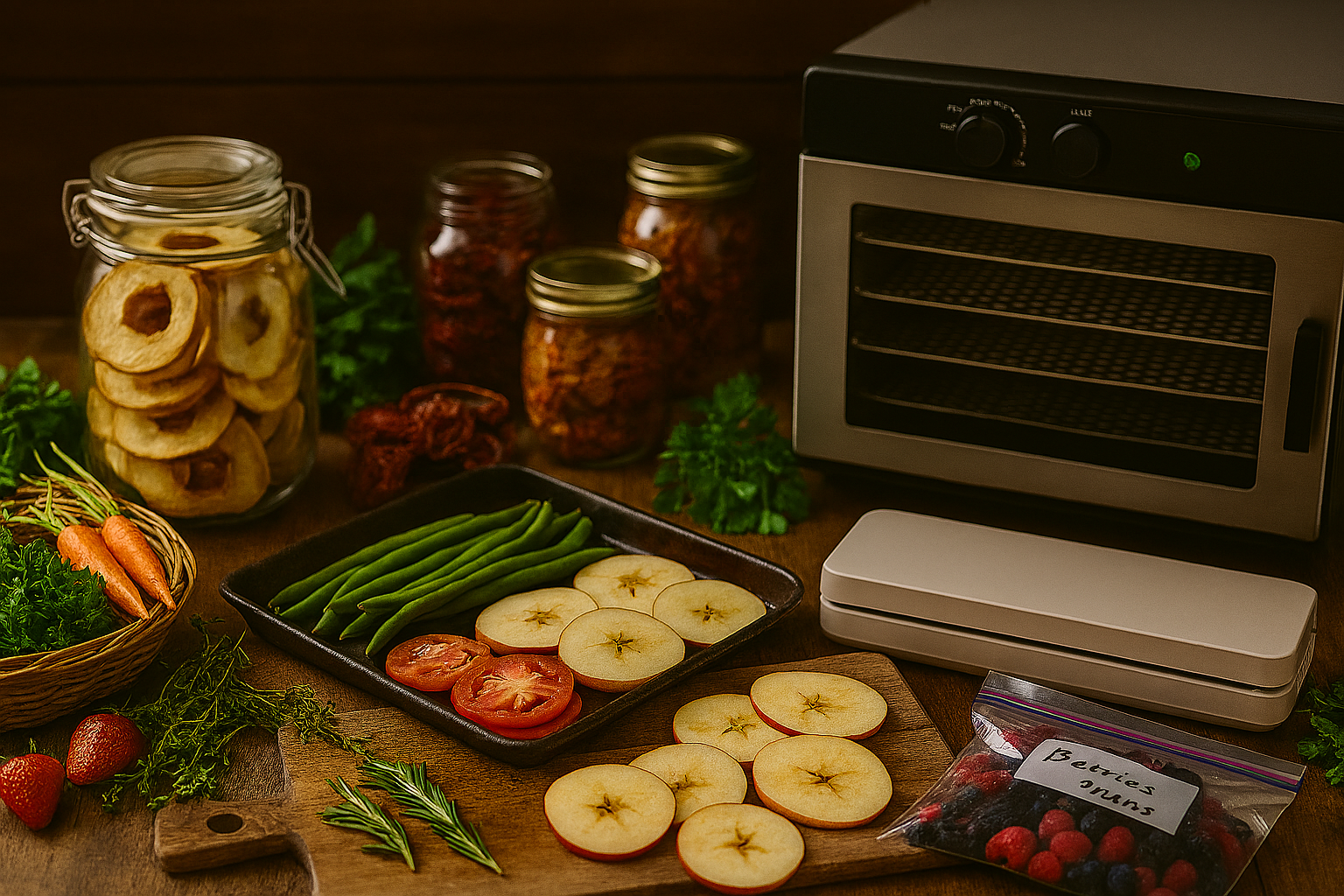 Understanding how power tool batteries work helps you get the most out of your drills, saws, and other cordless gear. If you’ve ever shopped for new battery packs, all the numbers, abbreviations, and types can leave you scratching your head. Choosing the right battery isn’t just about price or size. There’s a bit more going on behind the scenes when it comes to power and performance.
Understanding how power tool batteries work helps you get the most out of your drills, saws, and other cordless gear. If you’ve ever shopped for new battery packs, all the numbers, abbreviations, and types can leave you scratching your head. Choosing the right battery isn’t just about price or size. There’s a bit more going on behind the scenes when it comes to power and performance.
I’ve spent plenty of time swapping out battery packs, puzzling over voltages, and figuring out which ones are worth grabbing. Knowing what really matters about power tool batteries saves you time and frustration, and it can even keep you from blowing money on packs that don’t fit your needs.
This guide breaks down the basics, explains common terms, and answers the big questions that pop up every time you’re at the hardware store or hunting through batteries online. We’ll help you feel confident in making the right choice, no matter your project size.
The Basics: How Power Tool Batteries Work
At their core, power tool batteries are rechargeable packs made up of smaller cells linked together to provide the right voltage and power your tools need. Each battery has a positive and negative terminal. When you snap the pack into your drill or saw, you connect it to a circuit that lets energy flow from the battery to the tool’s motor.
Key Parts of a Battery Pack
- Cells – The building blocks inside the battery; several are wired together inside the casing.
- Terminals – The contact points that hook up to your tool.
- BMS (Battery Management System) – Modern batteries use these smarts to protect against overheating, overcharging, and deep discharge.
Batteries store energy chemically and then release electricity as you use your tool. They recharge by reversing this process. Battery health, how long it lasts, and whether it gives a lot of power at once depend on the type of chemistry inside, how many cells are used, and how well you take care of it.
Types of Power Tool Batteries
You’ll run into a few main battery types when looking at power tool options these days, and knowing the pros, cons, and quirks of each helps you make good calls for your projects.
Nickel Cadmium (NiCd)
- Older tech; still around, but fading quickly.
- Affordable and pretty tough in tough jobsite conditions.
- Heavy and lose charge over time (known as memory effect), so they’re not great if you want lightweight gear.
- Need to be run down all the way or else capacity can drop over time.
Nickel Metal Hydride (NiMH)
- Lighter than NiCd with less memory effect.
- Still used in cheaper cordless tools, but less popular these days.
- Don’t handle heat quite as well as some other battery chemistries.
Lithium Ion (Liion)
- The main battery you’ll find in new power tools today.
- Much lighter for the same amount of power.
- No need to fully discharge between charges.
- More expensive up front, but deliver steady power until they’re empty.
- Can keep a charge for months even when not in use.
High Output & Specialty Lithium Batteries
- Some tools use advanced lithium chemistries for better performance, fast charging, and reliability in extreme hot or cold.
- Great for contractors or folks who use cordless tools all day, every day on the job.
For most home users or DIYers, standard liion packs are the best mix of price, performance, and lifespan. If you’re shopping for your first cordless setup, go with liion and you’ll have a reliable, easy-to-use battery for most jobs.
Decoding Numbers: Voltage (V) and AmpHours (Ah) Explained
Looking at a power tool battery, you’ll see numbers like 18V or 2.0Ah. Here’s what those mean and how they affect your tool.
What Does Voltage (V) Mean?
Voltage measures how much “push” the battery delivers and is one of the key things that decide what kind of power your tools can produce. The bigger the number, the more powerful (and sometimes bigger and heavier) your tool will be. For example, an 18V drill provides more oomph than a 12V one. Higher voltage helps with demanding tasks like drilling big holes in tough materials or running saws, while lower voltage gear works well for simple jobs or when you need lightweight tools all day.
The Deal with AmpHours (Ah)
AmpHours (or Ah) tells you the battery’s capacity—basically, how long it will last before you need to recharge it. If two batteries have the same voltage but one is 2.0Ah and the other is 5.0Ah, the second battery will last more than twice as long on a single charge.
Higher Ah doesn’t make your tool more powerful, but it keeps it running longer. This is handy if you don’t have a spare battery charging and ready to swap out.
How Voltage and Ah Work Together
To get the right battery, match the voltage required by your tool (you can’t swap an 18V battery into a 12V tool or vice versa) and pick an Ah that works for your pattern of use. Pros often grab larger Ah batteries for the long haul, while lighter, lowerAh packs are best if you don’t work for hours at a stretch and want something you can handle easily.
Charging and Battery Life: What to Watch For
There’s more to battery life than the numbers printed on the side. How you use, store, and charge your battery makes a big difference in how long it’ll keep delivering power to your tools.
Charging Tips
- Use chargers that match your battery’s voltage and chemistry. Not all chargers are cross compatible, so doublecheck before plugging in.
- Avoid letting liion batteries run totally dead. Unlike old NiCd batteries, they actually last longer if you charge them before they’re empty.
- Store batteries at room temperature. Don’t leave them on a hot dashboard or out in freezing cold for long stretches.
- Remove the battery from the charger once it’s full, unless your model can handle trickle charging without issues (most modern chargers can, but always check your manual).
How Long Do Batteries Last?
Most good liion battery packs give you 2–5 years of solid performance, or about 300–500 full charging cycles (from empty to full and back). Heavy use, extreme heat or cold, or letting batteries sit discharged for months cuts that lifespan noticeably. For weekend DIYers, a battery can last much longer if you give it a little care and keep storage in mind.
Mixing and Matching: Are Batteries Interchangeable?
Tool brands love to make their own unique battery systems. Generally, you need to stick with the same brand, voltage, and battery line to keep things easy.
- Batteries aren’t universal. An 18V battery from Brand X won’t usually fit an 18V tool from Brand Y.
- Some brands create crosscompatible platforms so you can use one battery for multiple tools. This is super handy for building a set that covers everything you need in the workshop.
- Adapters are out there, but these can void warranties or create safety problems, so use them only as a last resort and read the fine print first.
If you’re investing in new cordless tools, think about the battery platform before you buy. It keeps things simple and lets you swap batteries between drills, drivers, saws, and even yard tools, so you always have backup ready.
What the Labels Don’t Tell You: Other Things That Matter
Even with voltage and Ah in mind, a few realworld things make a difference before you buy or use a power tool battery.
Weight and Balance
Bigger batteries with higher Ah ratings can make a tool feel heavy or awkward. This matters if you work overhead or in awkward spots. Try out tools with batteries attached if you can, so you know what feels right for your style.
LED Charge Indicators
Many newer batteries come with built in lights that tell you how much juice is left. This is great for avoiding a dead drill up a ladder or halfway through a project.
Weather Resistance
If you often work outside or in damp places, look for batteries with sealed cells and extra protective coatings. These hold up way better over time than bargain batteries.
Price vs Value
Premium batteries cost more up front, but bring features like better warranty and longer lifespans. For light use, lower priced batteries are okay. For daily tasks or heavy work, the investment pays off with reliability and fewer headaches down the road.
Common Questions About Power Tool Batteries
Do higher Ah batteries make tools stronger?
Higher Ah batteries don’t change the raw power or speed of your tool. They just let it run longer between charges. Sometimes, a tool might feel stronger at the start of a charge because there’s less voltage drop, but in day-to-day use, this doesn’t make a big impact on power.
Can I use an 18V battery in a 20V tool?
Most power tool batteries can’t be switched up like that, even though the numbers are close. Some brands use “max” voltage for marketing, while others use “nominal” voltage (the average running voltage). It’s best to stick to what your tool lists to keep it running safely.
Why does my battery drain so fast?
- Using high powered tools, like a cordless grinder, uses more energy quickly.
- Older batteries or ones exposed to a lot of heat or cold can lose capacity after a while.
- Running batteries flat before charging or using the wrong charger shortens their lifespan.
Is it safe to leave batteries on the charger overnight?
Most newer chargers shut off or drop to a trickle charge when full, so the occasional overnight charge is okay. Still, unplugging batteries after charging is a good habit for longer life and safer handling.
Taking Care of Your Power Tool Batteries
Battery Care Tips
- Keep batteries clean and dry. Wipe off dust and avoid dropping them.
- Store liion batteries at around half charge if you’ll pause projects for a while. Don’t leave them totally dead or sitting fully charged for a long time or you’ll shorten battery lifespan.
- Charge at room temperature if possible—charging a hot or freezing battery can make it wear out faster.
- If a battery heats up during charging, swells, or won’t hold charge, stop using it and recycle it properly.
Extra safety tip: Always recycle old or damaged batteries at hardware stores or recycling centers. Never toss them in the regular trash because they can leak or spark fires.
Final Thoughts: Picking the Right Power Tool Battery
Picking the best battery for your cordless tools means sorting out the basics (voltage and amhours), understanding your real needs, and spotting extra features that add comfort and convenience. Think about what projects you take on, how long you use your tools at one time, and whether you want to stick with one brand or battery platform across your gear.
Quick Checklist for Battery Shopping:
- Match voltage to your tool. Always!
- Pick an Ah rating based on how long you need your tool to last between charges.
- Consider the tool’s weight with the battery—important for lengthy jobs.
- LED charge indicators add real convenience.
- Plan to have extra batteries if your work sessions run long.
With just a little upfront knowledge about how batteries work, cordless projects become a breeze. Good luck and happy building on your next adventure!






Leave a Reply